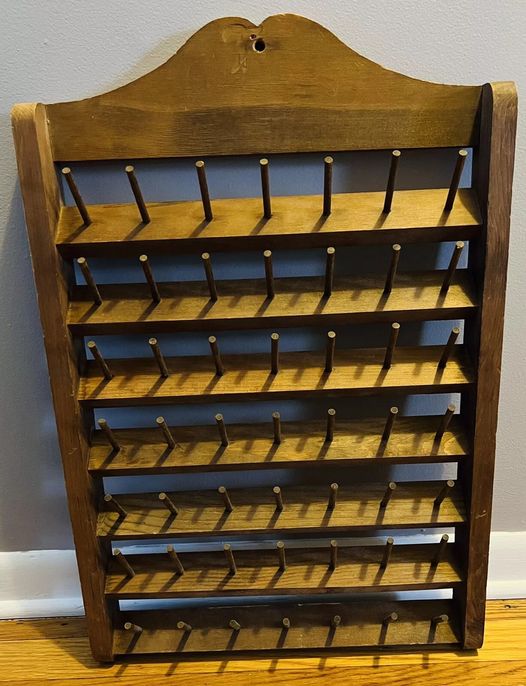The Vintage Thread Spool Holder: History, Usage, and Legacy
The vintage thread spool holder is a beloved artifact in the world of sewing. This essential tool has a rich history, a specific role in sewing practices, and a lasting legacy that continues to captivate sewing enthusiasts and collectors.
History of the Thread Spool Holder
The thread spool holder’s origins can be traced back to the late 19th and early 20th centuries. As sewing machines became more popular, the need for organized and efficient thread storage grew. The thread spool holder emerged as a practical solution, designed to keep spools of thread neatly in place and accessible during sewing.
Early thread spool holders were often handcrafted, featuring designs made from wood, metal, or ceramic. These vintage holders varied in style, ranging from simple, functional designs to ornate, decorative pieces. The craftsmanship and materials used in these early holders reflect the era’s attention to detail and the importance of sewing in daily life.
Usage of the Thread Spool Holder
The primary function of the thread spool holder is to keep spools of thread organized and within easy reach. Here’s how it is used:
Storage: Place spools of thread onto the holder, which typically has multiple spindles or pegs. This setup prevents spools from tangling and makes it easy to select the desired thread color or type.
Accessibility: A well-designed thread spool holder allows for quick access to different thread spools. This efficiency is particularly useful during sewing projects that require multiple colors or types of thread.
Thread Management: Some vintage holders feature additional components, such as thread guides or tension devices, to ensure smooth and consistent thread flow during sewing.
Legacy of the Thread Spool Holder
The vintage thread spool holder carries a rich legacy, symbolizing the evolution of sewing tools and the craftsmanship of earlier times.
Craftsmanship and Design

